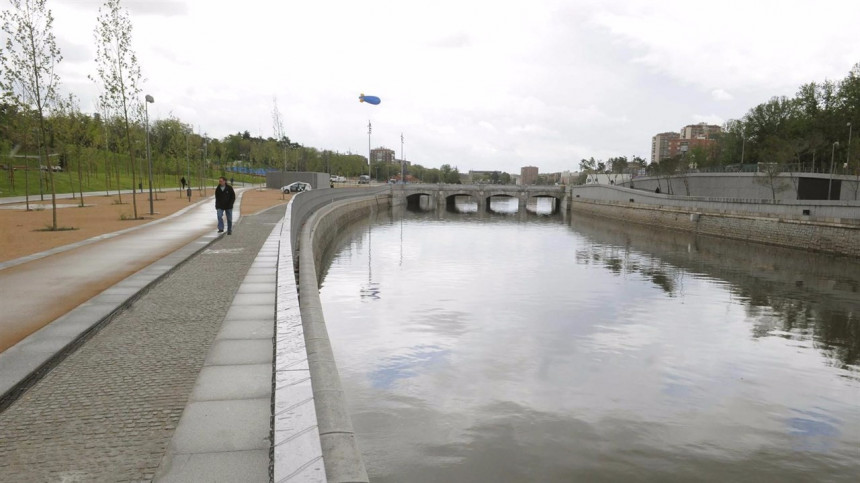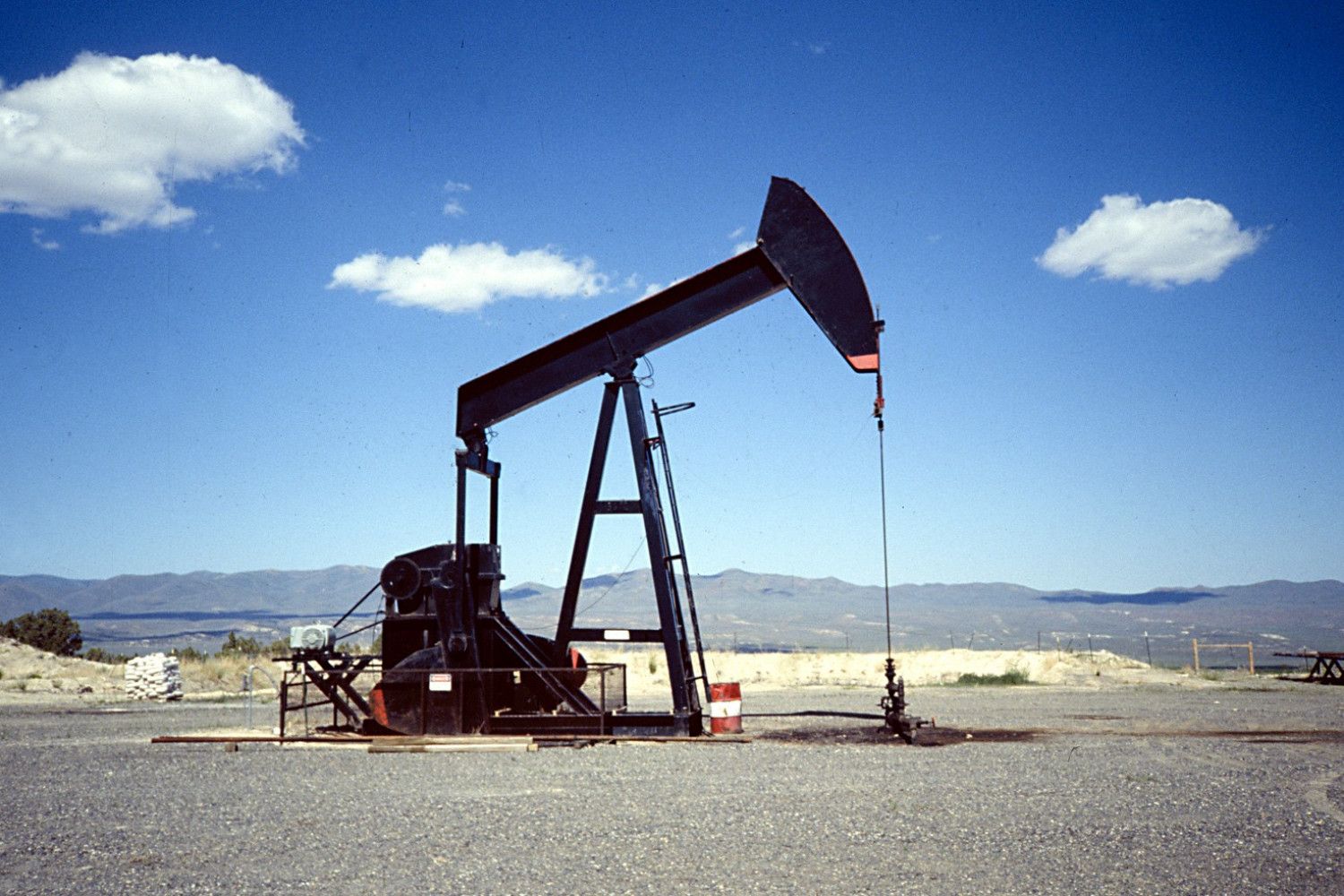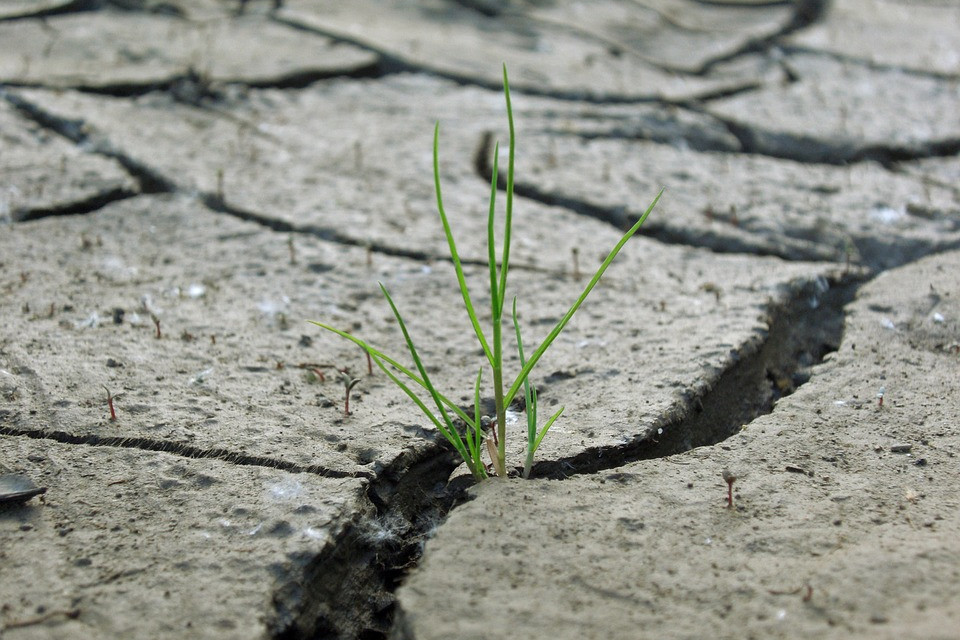
According to the United Nations, desertification is land degradation in arid, semi-arid and dry sub-humid areas resulting from various factors, including climatic variations and human activities.
There are two important things in relation to drought in this definition. The first is the context in which it occurs, in dry places, characterized by more or less lengthy and more or less intense droughts. Here populations (if there are any) traditionally adapted to the lack of water, because it was something intrinsic to the territory.
Problems arise when land use changes, either because it had never been used but people come to cultivate it, or because its use intensifies. For example, switching from rain-fed agriculture to irrigation generates "suddenly" needs that were not present before, creating the illusion of scarcity. The second question has to do with its causes. Desertification needs the participation of human beings to occur. If the causes were only weather (it stopped raining, for example) then we cannot talk of desertification.
However climatic variations (as are droughts, and this is the point between drought and desertification) can exacerbate degradation problems. If resources in a territory are extracted at a certain rate and there is a drought, then we should lower the rate of extraction (as did nomads when they moved on with their herds when they pastures left by the rains disappeared). If the pace is maintained and prolonged, drought is probably something that does not end well. There are many examples of this. A very spectacular one was the drought and subsequent famine in the Sahel. (Here I copy a passage from my book "Deserts and Desertification" I hope to have published in 2017):
Indeed, the events in the areas bordering the Sahara caught the attention of international public opinion. The Sahel, which in Arabic means border or coast, is a strip south of the Sahara desert that stretches from the Atlantic to Sudan; literally we could say that is the southern coast of the Sahara. In its northern boundary reaches the 100 mm isohyet, occupying a transition zone composed of arid steppes and open savannahs that are gradually close as we move south and precipitation increase.







